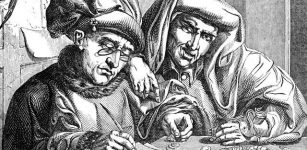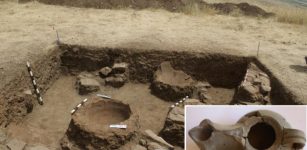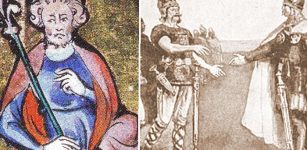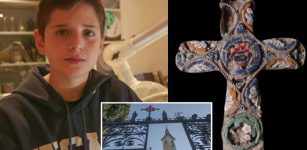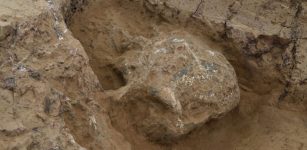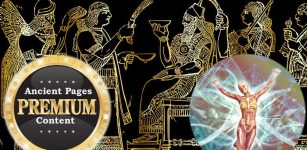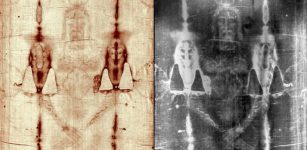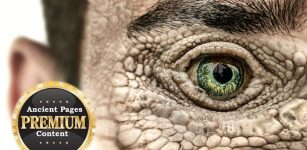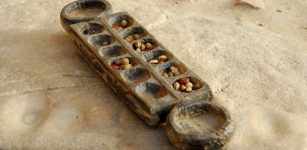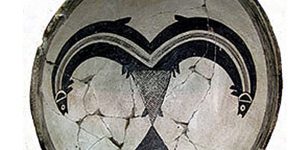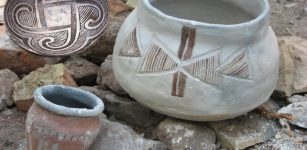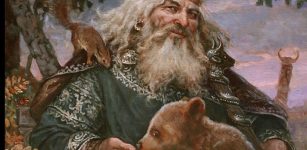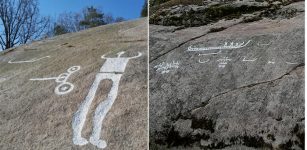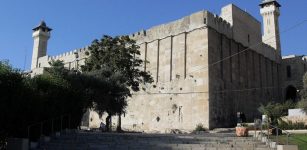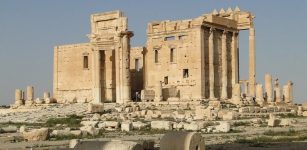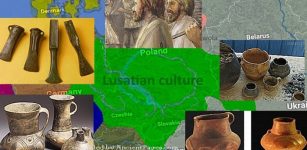Sarcophagus Of King Ramses II’s Head Of Treasury Found In Saqqara, Giza
Jan Bartek - AncientPages.com - Excavations in Saqqara, Giza in Egypt continue to be successful. This time the science team unearthed the sarcophagus of King Ramses II's head of treasury, who was responsible for the offerings to all gods of Lower and Upper Egypt.
Ramesses II is today widely recognized as the greatest and most powerful Pharaoh in the history of ancient Egypt. As previously reported by AncientPages.com, scientists uncovered the tomb of Ptah-M-Wia, head of the treasury during the reign of Pharaoh Ramesses II.
Credit: Supreme Council of Antiquities
According to the Ptah-M-Wia, the discovery is important because of the tomb owner's several titles. He was the royal scribe, the head of the treasury, the supervisor of cattle, and was responsible for sacrifices to the deities at Ramesses II temple in Thebes.
The archaeological mission of the Faculty of Archaeology, Cairo University, headed by Ola El-Aguizy informs the sarcophagus is located to the south of the causeway of King Unas in Saqqara necropolis.
As reported by Ahram Online, "Mostafa Waziry, secretary-general of the Supreme Council of Antiquities, said Ptahemwia holds several titles, including the royal scribe, the great overseer of the cattle in the temple of Ramses II, the head of the treasury, and the one responsible for the offerings of all gods of Lower and Upper Egypt.
Waziri said the entrance to the shaft of the tomb at the centre of the peristyle court measured 2.2 X 2.1 m. The subterranean burial chamber opened on the west side of the shaft at the depth of 7 m. It led to a square room measuring 4.2 X 4.5 m, leading to two other rooms on the western and the southern sides. These two rooms were completely empty. In the main room, he added, a cut in the floor on the north side was noticed, leading to stairs that led to the burial chamber proper which measured 4.6 X 3.7 m.
Credit: Supreme Council of Antiquities
El-Aguizy explained that the sarcophagus was uncovered in the west side of the burial chamber. It was directed south-north with an anthropoid lid showing the facial features of the deceased with crossed arms on the chest holding the Djed symbol of the deity Osiris and the Tyet symbol of the goddess Isis.
The sarcophagus is decorated with the usual inscriptions found on New Kingdom sarcophagi, with the bearded head of the owner, the sky-goddess Nut seated on the chest extending her wings.
Engraved on the lid and body of the sarcophagus are the name of Ptahemwia and his titles, representations of the four sons of Horus, and the prayers accompanying them all around the body of the sarcophagus.
See also: More Archaeology News
“The lid of the sarcophagus was broken diagonally, and the missing part was found in the corner of the chamber. It has been restored to its original position. The sarcophagus was empty except for some residue of tar from the mummification on the bottom of the sarcophagus,” El-Aguizy pointed out."
Written by Jan Bartek - AncientPages.com Staff Writer



